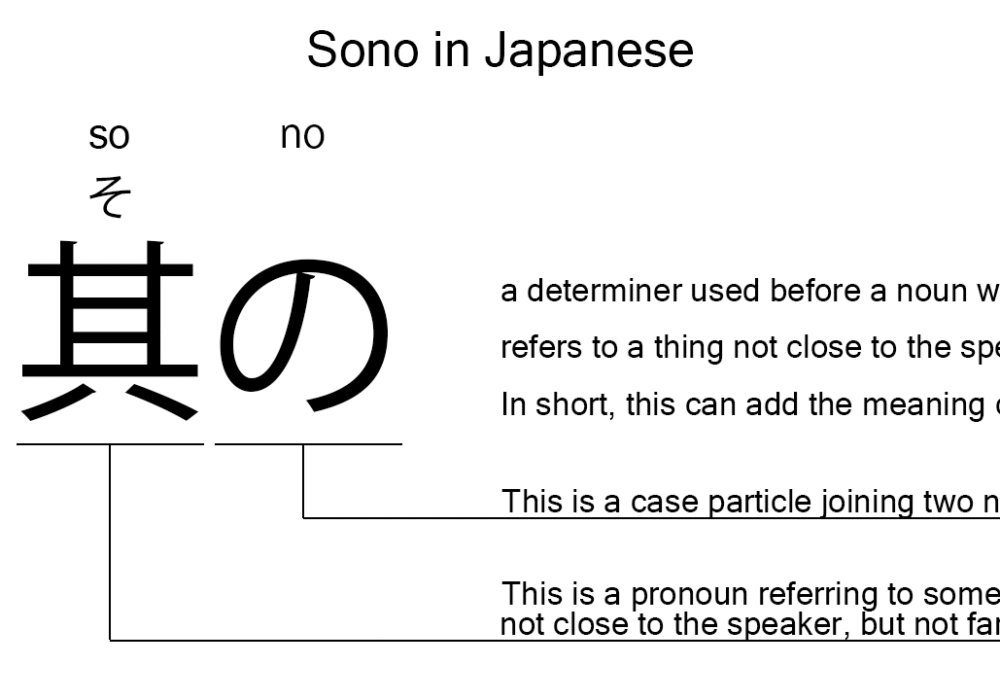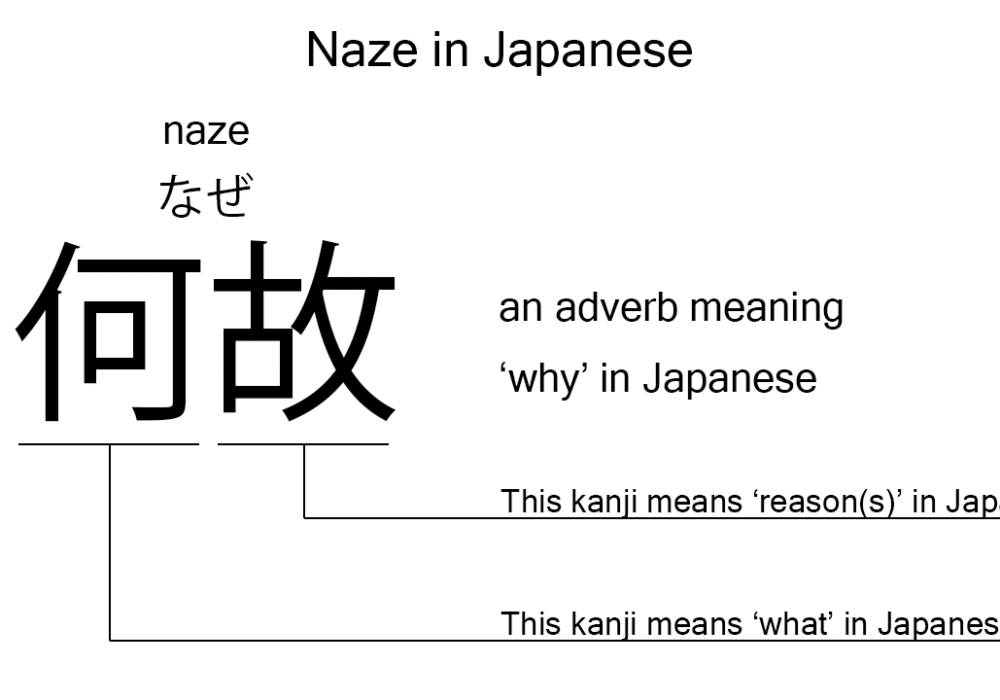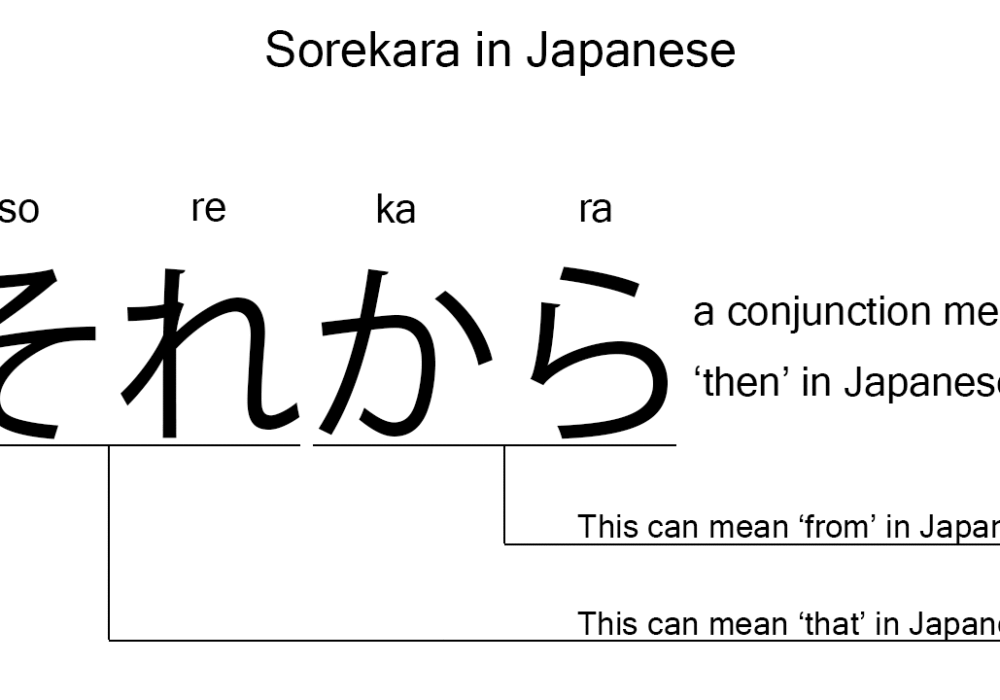What does "sono" mean in Japanese? Native speakers often use "sono" as a determiner to add the meaning of 'that' in Japanese. Perhaps, some Japanese learners know this word as it is sometimes used in Japanese conversations. In this blog post, however, I will explain this word in detail together with its kanji …
[Read more...] about Sono can often work as determiner to mean “that” in Japanese


